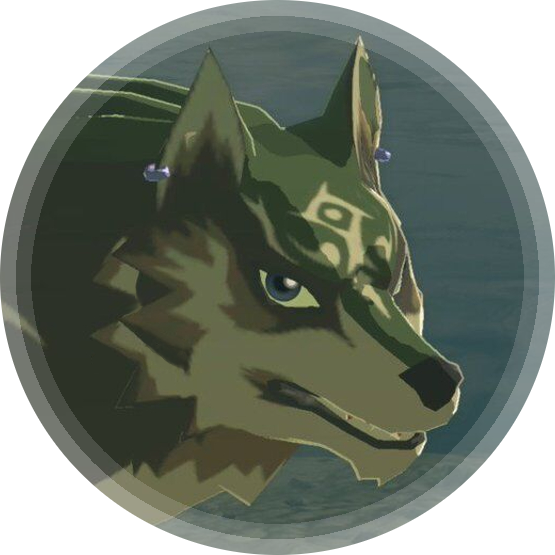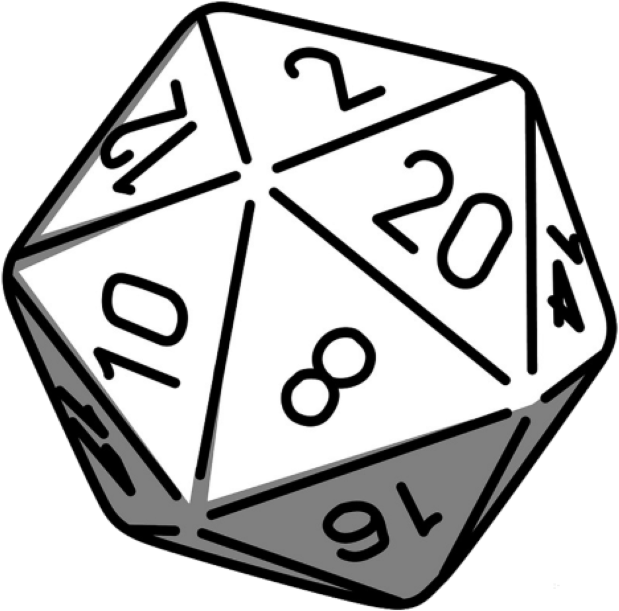- original source: https://www.tumblr.com/firebirdeternal/616605850794065920/you-know-whats-more-fun-than-worldbuilding-that
The post, in case you don’t want to click on an offsite link:
You know what’s more fun than worldbuilding that makes some fantasy races EEEEVIIIIIIILLLLL???
Worldbuilding that gives the different races cultural differences that help explain why there’s a lot of conflict between them:
Goblin culture doesn’t have a concept of “Property”. A stick on the ground and a tool in a locked shed are equally up for grabs if a thing needs doing. They casually take and leave things all over their communities, eat from communal pots, and genuinely Do Not Understand why the Core Races are so Angry and prone to Violence all the time.
Consequently Goblins who live near Core communities develop a reputation as “Thieves” despite not even having a word for that. (The closest word they have is more like “Greedy” and it means a person that hides things so nobody else can use them, and it’s a surefire fight-starter to call a Goblin that)
Common Orc Spiritual beliefs hold that a Soul can only grow stronger by overcoming Challenges in life, and see intruding on another person’s Challenge unasked for as not just Rude, but Deeply Harmful. You’re Stealing their chance to Grow. Asking for help is deeply personal and doing so can be both a way to grow closer with them or a too-personal intrusion, depending on your existing relationship with them. An exception is Children, as far as most Orcs are concerned, all Children are fundamentally the responsibility of the Whole Community, regardless of whose child they are, or even if said child is an Orc at all.
This means that Orcs who live near Core neighbors often seem Rude and Standoffish if not outright hostile, because they neither ask for nor offer aid even in times of trouble, and respond to unasked for aid themselves with Anger. There are even rumors that they Steal Children, because if an Orc finds a child lost in the woods they’re pretty much immediately going to start feeding it, and if they can’t find where to bring it back to, or it doesn’t seem to be well cared for, they’re just gonna keep it.*
I just love the idea. It’s a lot more believable and nuanced than the “this race is inheritely evil/good/dumb/advanced for no particular reason” some RPGs pull off, and makes certain allegedly “evil” races actually playable if you’re not relying on a system that already has them as playable characters.
Do you have any similar homebrew concepts for your versions of Goblins, Kobolds, Orcs, Dwarves etc.?


The thing is, this is still tying culture to race. If there is no racial essentialism to the traits you describe, then there’s no reason to say that some goblin cultures / sub-cultures do understand the concept of property - and disagree with what they understand to be stealing. Etc.
deleted by creator
Sure, it adds nuance - and if that’s all you care about then you’re all set. But it doesn’t address The Problem, which is painting “races” as monoliths with essential characteristics. Just because you can explain why All X Are Evil, doesn’t solve for it being boring/lame/tending-toward-offensive that they all are. Seems like we dealt with this in other contexts, why not include it in lore?
Think of it more as culture tied to community. A village of goblins is going to behave one way, but a goblin raised in a human city will behave another way. Yes there are characteristics that are generally associated with a species (I shy away from “races” generally, too loaded of a word). But that’s just because those species generally form their own communities. Are all goblins like this? Of course not. Are all goblins that the small town cleric has met like this? Yes.
It’s not really that different from a native Californian thinking a native New Yorker is rude and interrupts all of the time, and the New Yorker thinking the Californian doesn’t engage in conversation, simply because their conversational speeds differ enough that it creates underlying tension. In that example, did I paint all New Yorkers as rapid speakers? Yes. Is it generally true of native New Yorkers? You tell me.
There will always be generalizations, and there will always be nuance that disproves the generalization. When telling a story the secret is knowing WHY the generalization exists and how the character relates to it.
You are saying what I’m saying. This is not the traditional view.
I think in most cases when you zoom in on one of these admittedly poorly named ‘races’ in D&D, you see the breaking of molds almost more often than not. What they allow is an extreme contrast in behavior being packed into a smaller terrain that isn’t simply viewed as another community by the surrounding people. A bunch of kobolds living in the mountain near your village isn’t seen as having bad neighbors, it’s seen as an infestation. The kobolds, likewise, don’t view the human village the same way they view another kobold settlement. That, in and of itself, highlights some of the problems with an expanding civilization, but it also provides smaller contexts that can clash heavily against one another within the ‘established’ territories of various countries.
You do have many examples in D&D of cities populated by a huge diversity of different types of creatures. Looking at Forgotten Realms, most cities aren’t limited to just humans or just dwarves or elves. Those exist, but they’re not what’s most common. You’ve even got places like Westgate where humans, elves, halfings, and what not are living with orcs, drow, ogres, bugbears, and all sorts of other folks that would typically be attacked on sight in otherwise similar cities.
There’s a lot of nuance and room for nuance in D&D. Even in the case of outer-planar beings like fiends, who are petitioners (dead people living an afterlife) from a plane associated with a particular alignment (evil in this case), there are cases where characters have a major turn-around. I’d say that most of the most popular characters are actually subverting some trope rather than living up to it.
I think racial descriptions in fantasy games are more like tendencies. Tendencies that often have to do with the environment that each typically grows up in. I thought this was the traditional view, but maybe not.
While there are of course deviations from the norm, it is hard to lay this out in a digestible way. Simplification help readability. NPCs or locations that break these norms seem like a more pleasant way of de-essentializing.
I had a go at breaking past this barrier, and found it extremely difficult. I started with the idea that geography informs culture, and made a split between elves in the frozen South and elves tropical jungles. This left me with half the normal space to write about elven cultures.
So I figured I could do 2-3 cultures per race, and end up with (5 x 2.5) ~13 descriptions of fantasy cultures. But who wants that? I can’t use that much in my own game. Writing because you have to write something makes for bad writing.
Another route is to limit cultures even more. Maybe dwarves and gnomes basically live the same way, as do gnolls and humans. But then it seems odd that gnolls having the mouth of a canine changes nothing about them. If nothing else, their language has to be deeply different, given the lack of lips.
So in the end, I’ve decided to just fill in a very small part of the world, and leave an underlying assumption that elves, humans, and gnolls might do things differently elsewhere.
Thanks for this. I think what you ended up with was the absolute right move. Trying to solidify everything from the top-down, beforehand, seems an impossible task to do well, or with enough foresight to make work across your eventual varied needs. In real world terms it seems sort of Prescriptive, in a vaguely Victorian scientist way; cataloging races instead of meeting people.
I’d imagine working bottom-up, Descriptively, means you can put all of your nuance into a single group or region, per the story you want to tell. You find out who and why, because you meet them on the ground in their actual situation - instead of thinking you can manufacture everything ahead of time in a vacuum. And then the next time your story crosses paths with another such group, you again get to reflect on the individual circumstances that make them even slightly different, and add a new micro culture to your growing canon.
It’s grand, exciting stuff. Thank you!
Yea, ‘bottom-up’ is a great way to put it.
Like, I can still add a totally different gnoll tribe later on in a module, or just add one ‘from the icy South’, and let the GM imply a world without yammering about it.